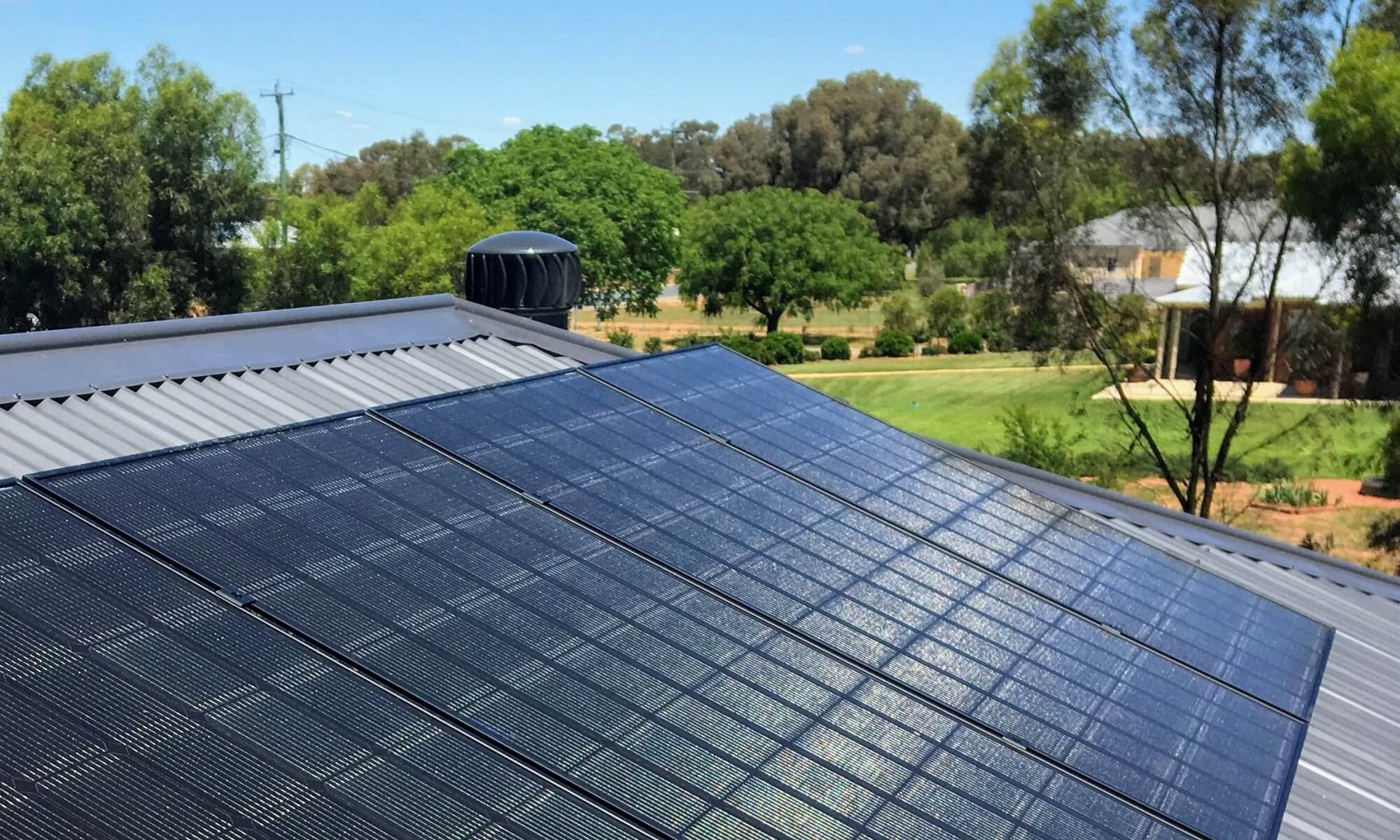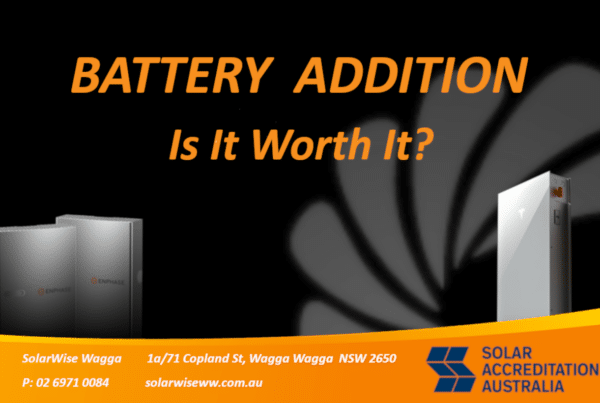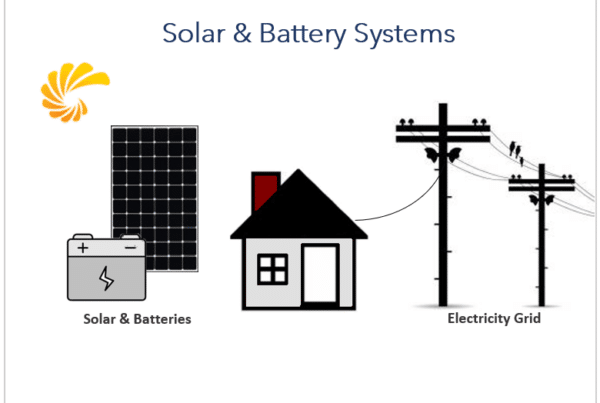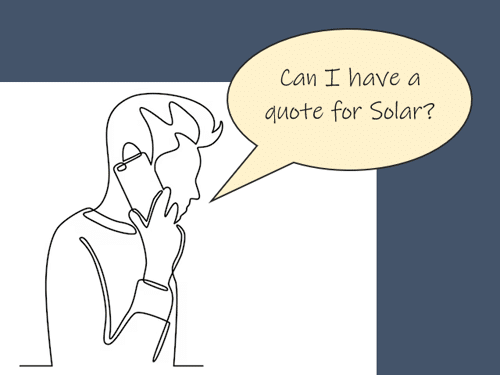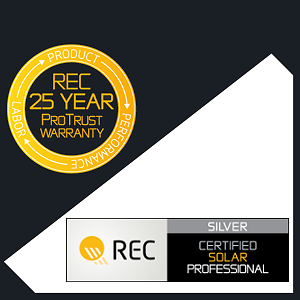Installing solar energy for your home or business is a long-term investment which pays back over time through savings on electricity bills, and through tax incentives for business.
There will be an initial pay-back period where the savings made will go towards paying back the cost of the system over a number of years, followed by a longer period of positive financial return for the rest of the systems operating life.

When calculating the value of your investment over time, a question often asked is:
“how long do solar panels last?”
Most solar panel manufacturers offer a 25-year performance warranty which suggests that the panels are capable of serving their purpose for at least that long. This performance warranty (sometimes called power output warranty) relates to the performance and efficiency of a solar panel over time as they are affected by varying rates of degradation.
A power output or performance warranty is different than the other type of warranty for panels which is the manufacturer’s product warranty, and should really be considered as a performance guide rather than a warranty.
The performance warranty offers no protection if a panel fails completely, as that would fall under the product warranty. A stated 25-year performance warranty does not guarantee that a panel will actually last that long.
A manufacturers product warranty for solar PV panels is typically 10 years, however, it can be up to 25 years for premium panels depending on the brand and model.
The expected lifespan of a solar power system.
An industry standard for the lifespan of a solar power system for purposes of calculating energy production, savings, and return on investment is 25 years.
Most online calculators that that are used to calculate solar savings and returns base their results on a 25-year system life, but In reality, high-quality panels could still produce output (at a gradually reducing capacity) beyond the 25 year period, while cheap panels are unlikely to reach the 25-year mark and still be performing adequately, and may have failed long before.
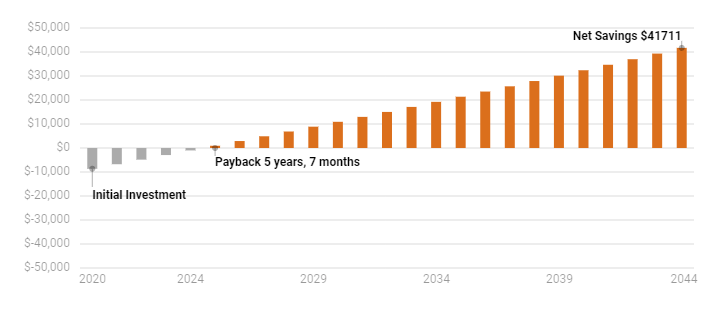
Example of a simple system payback and ROI chart.
Cheap panels, with lower quality silicon cells, less UV stabilized backing sheets, cheaper sealants and framing can deteriorate more rapidly. When solar panels are exposed to the elements (wind, sun, and fluctuating temperatures), they will deteriorate over time and produce less electricity.
Generally, cheaper panels deteriorate much faster, often at double or triple the rate of premium quality modules.

Expected system lifetime comparison
What about other components of a solar power system?
Inverters are another key component of a solar power system that can be susceptible to failure.
Cheaper inverters tend to have a higher failure rate in harsh Australian conditions with some having not lasted 5 years.
High-quality inverters are more expensive but generally will last in the range of 10-15 years.
Many inverter manufacturers now offer warranty extensions of 10 years or more.
It can be assumed that you will need to replace your inverter at least once during a system’s 25-year life.
Balance of system
The balance of system (BOS) refers to the components of a PV system other than the panels and inverters. This includes electrical cables and connectors, switches & isolators, weatherproof enclosures, conduits & fittings, and more.
Although the electrical cables, circuit protection devices, and mounting systems are lesser components, the use of inferior quality materials can lead to premature system failures. Therefore, it is important that quality balance of system components are used.
“At SolarWise Wagga our philosophy is simple, we aim to provide relevant and reliable information, quality service, and the highest grade of products at a competitive price.”
Request a free Quote today!
